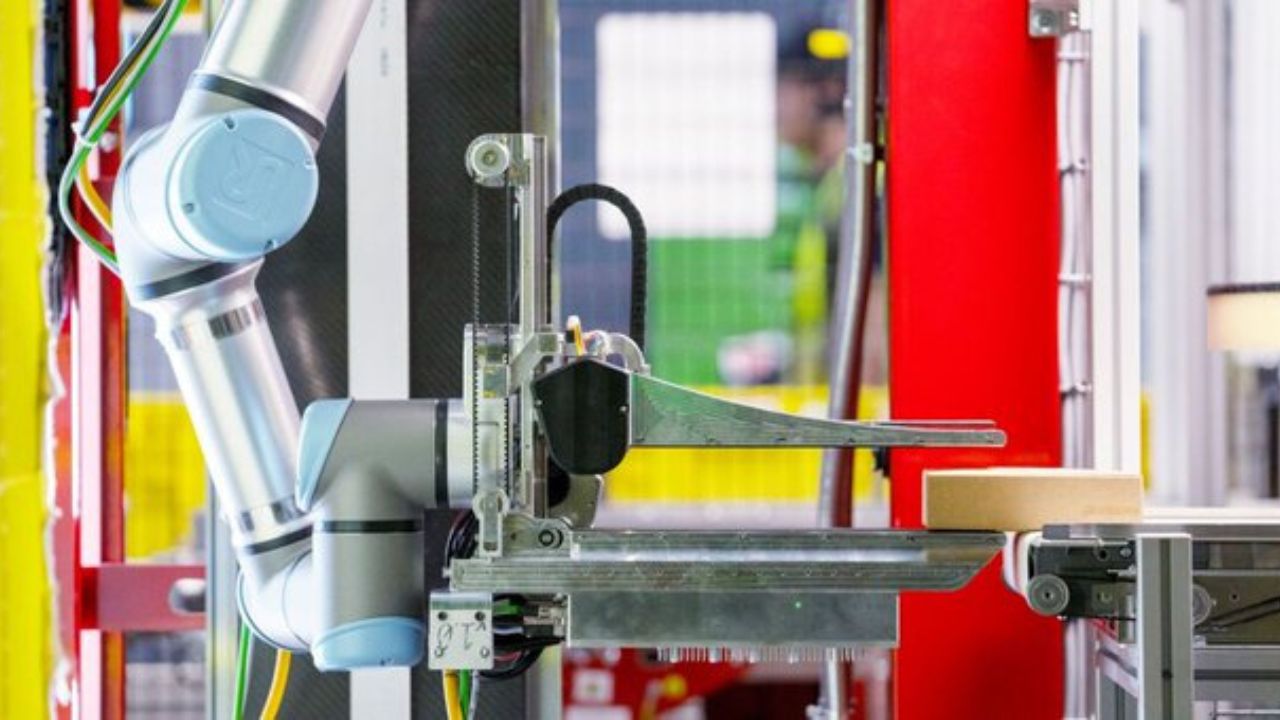At the "Delivering the Future" event in Dortmund, Germany, Amazon unveiled Vulcan, its first robot equipped with tactile sensing capabilities. Unlike traditional robots that rely solely on vision, Vulcan can "feel" its environment, allowing for more delicate and precise handling of items. This advancement addresses the limitations of previous robots that could not detect unexpected contact, often leading to operational halts or damage.
Vulcan: Enhancing Human-Robot Collaboration
Vulcan is designed to work alongside human employees, taking on tasks that are repetitive or physically demanding. By handling items stored in compact, fabric-covered compartments, Vulcan reduces the need for workers to bend or reach awkwardly, thereby minimising the risk of injury. Employees have reported that working with Vulcan has allowed them to acquire new technical skills and transition into more specialised roles within the fulfilment centres.
Click to read about NVIDIA’s New AI Models Don’t Just Learn—They Think
Vulcan: Technical Capabilities
Equipped with advanced sensors and AI-powered cameras, Vulcan can pick and stow approximately 75 per cent of the items in Amazon's inventory. Its design includes a primary arm with force sensors to detect contact and a secondary suction-equipped arm for item retrieval. The robot continuously learns from its interactions, improving its performance over time.
Vulcan's Current Deployment and Future Plans
Vulcan is currently operational in Amazon fulfilment centres located in Spokane, Washington, and Hamburg, Germany. Having already processed over 500,000 orders, Amazon plans to expand Vulcan's deployment across the U.S. and Europe in the coming years. This initiative is part of Amazon's broader strategy to integrate advanced robotics into its operations, complementing the work of its 750,000-strong robotic fleet and one million warehouse employees.
Click here to read the latest news on Convergence Now!
Vulcan: Balancing Automation and Employment
While Vulcan represents a significant step toward automation, Amazon emphasises that the robot is intended to assist, not replace, human workers. The company believes that full automation is neither feasible nor desirable, highlighting the importance of human oversight and the unique capabilities that people bring to the workplace.




